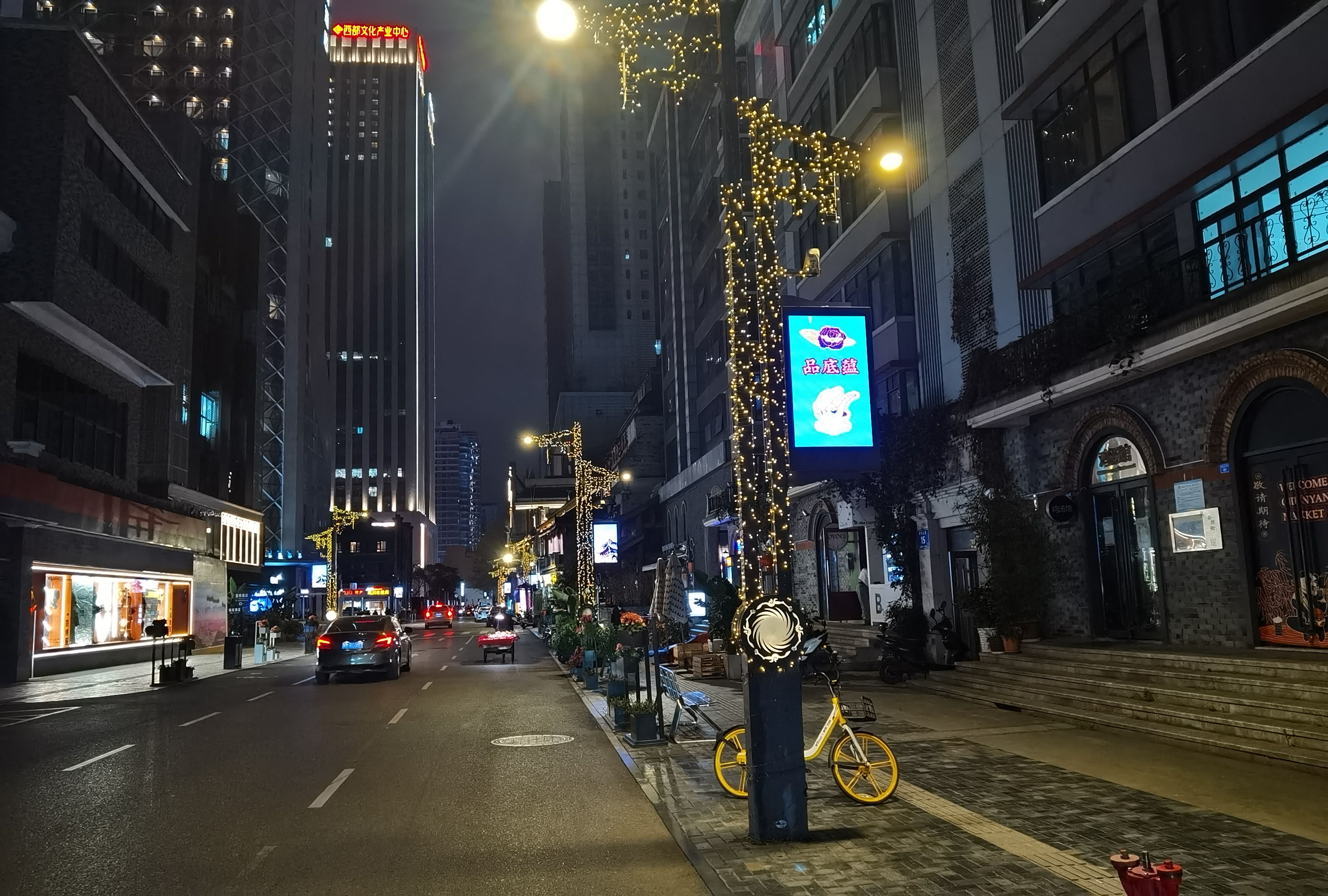Common Issues with LED Screens (Rental)
Author: Huajiang
Date: 2023-09-12 17:59:08
- Hardware Connections
- What are the essential components for LED screens? Power distribution system → LED screen → Control system → Playback system
- What hardware is required for the overall construction of LED screens? LED screen frame, screws, butterfly clips or U-shaped clips, hanging beams
- What are the requirements for connecting LED screens to control computers? System, memory, CPU, graphics card
- LED screen wiring connections
- Signal connections between LED screen cabinets are made using network cables.
- Power connections between LED screen cabinets are established using power cables.
- What should be considered when connecting LED screens to hardware like speakers and cameras? Proper connection methods, correct interface matching, and factors related to on-site and environmental interference.
- Screen Imaging
- What is the imaging principle and hardware composition of LED screens? Light Emitting Diode (LED). Components: unit board, cabinet, power supply, receiving card, and component connection accessories and wiring.
- LED screen rental cabinet resolutions (500500) P2.6 is 192192, P2.9 is 168*168; P3.9 is 128, P4.8 is 104;
- Summary of display ratios Common screen ratios are 4:3 and 16:9. However, there are exceptions to 16:9, such as 15:9 and 16:10, which are considered widescreen due to their similarity to 16:9. There are also special ratios like 21:9.
- What are the requirements for LED playback content and materials? Content: Clear theme, copyright compliance, and no involvement in political violations. Requirements:
- Videos should be made to the appropriate aspect ratio, commonly in MOV or MP4 format with H264 encoding.
- Images should be in RGB format, typically JPG or PNG.
III. Control Systems
- How are LED screens controlled through hardware control systems? Control system: Video processor, splicer, video console Playback system: Control computer, multimedia server
- How is screen splitting for broadcasting implemented in large screens? Hardware systems: Switcher, video console Software systems: Multimedia server
- What hardware is used for different event scales? Essential equipment for large events: Server, processor, large sending card, dual backup system, optical fiber, technical personnel (professionals).
- What is the role of the processor? The LED video processor is dedicated to LED video processing. It converts image signals from external sources (such as Blu-ray DVDs, computers, HD media players, etc.) into signals that LED screens can accept. It also optimizes the video image to ensure clear and smooth display on LED screens.
- Common Questions
- What are the common screen brand manufacturers, and what are the differences? Common manufacturers: GLOSHINE, LiGHTLiNK, Unilumin, Dicolor, TECNON. Large manufacturers provide better after-sales service, longer product lifespans, and superior color accuracy compared to smaller manufacturers.
- How is power consumption calculated? Single block (500mm×500mm) consumes 600W.
- Common LED model numbers? P1.8, P2.6, P2.9, P3.91, P4.81, P5.65, P5.68, P10.
- How can dual backup be achieved for large screens? Front-end backup: Playback control system Back-end backup: Processing system
- Construction Issues
- What are the ways to build non-standard (shaped) screens? Depending on stage design requirements, screens can be hoisted, suspended, or customized with special shapes by contacting the manufacturer.
- What are the fixation methods and considerations for large screens? Ray brackets, T-shaped brackets, and customized frames can be used for special occasions.
- How can large screens be built in non-standard shapes?
- Enclose the screen by positioning it at an angle.
- Enclose the screen by securing it with locks.
- On-Site Issues
- What causes occasional screen lag in specific areas, and how can it be resolved? The signal cable behind the screen is loose. When connecting the signal cable, ensure it is securely inserted into the socket, and perform repeated checks.
- What are the usage precautions for outdoor LED screens? Outdoor screens are weatherproof but should not be submerged in water. Suitable models include P3.9, P4.81, P5.65, P5.95, P10.
- What causes LED screens to flicker, and how can it be addressed? Causes: Power distribution system issues, signal transmission problems, environmental interference. Solutions:
- Ensure the correct loading of drivers.
- Use proper-length Ethernet cables between the computer and the screen.
- Check the sending card or control card.
- Investigate short circuits between the power supply and control card.
- Verify the stability of power supply voltage and current.
- What are the standards for assessing the quality of network cables? Consider cable thickness, weight, and brand.
- What causes LED screens to have a "moire" effect in photos, and how can it be addressed? Causes: Differences in refresh rates between LED screens and smartphone camera shutters create interference patterns. Solutions:
- Change the camera angle slightly.
- Change the camera position.
- Adjust the focus.
- Modify the lens focal length.
- Use software post-processing tools to eliminate moire patterns.



